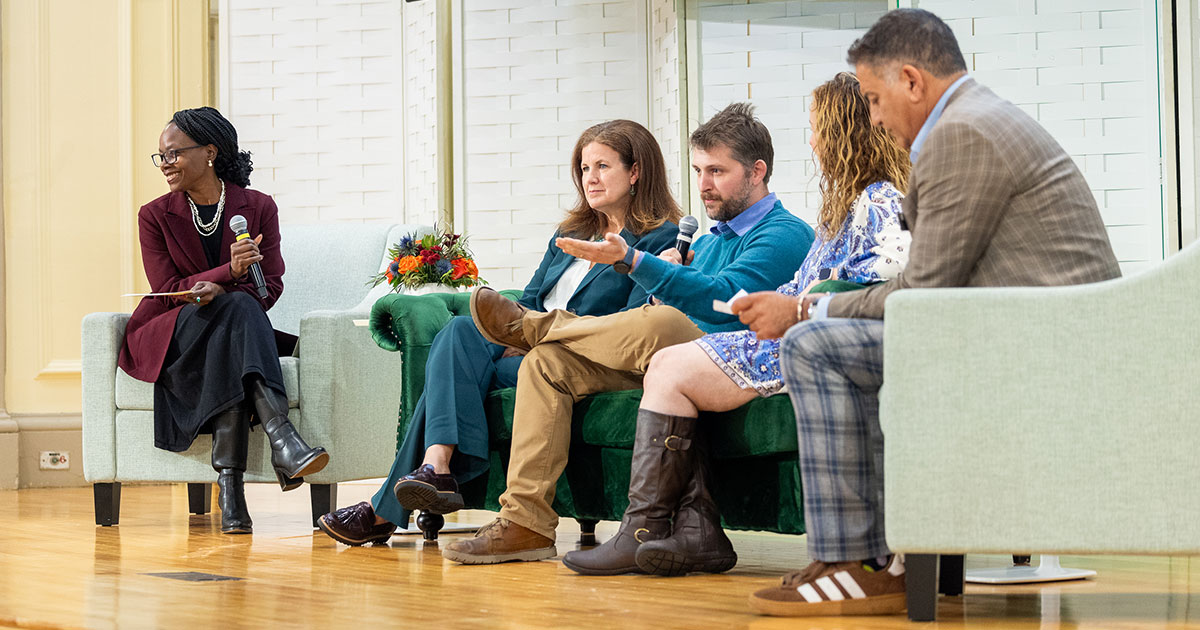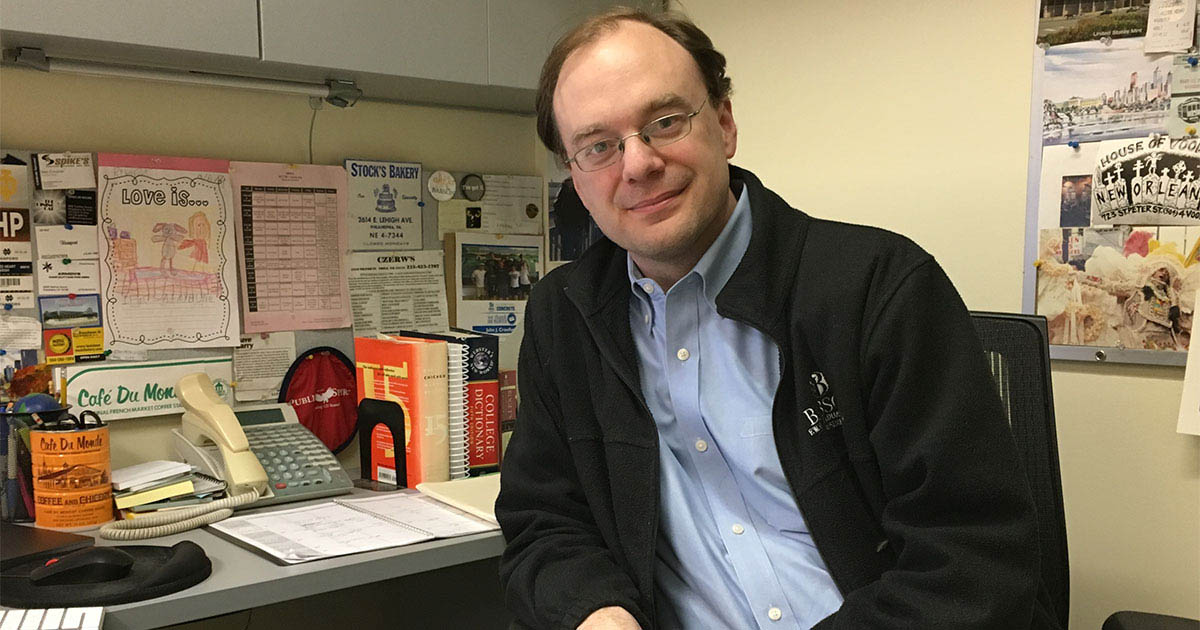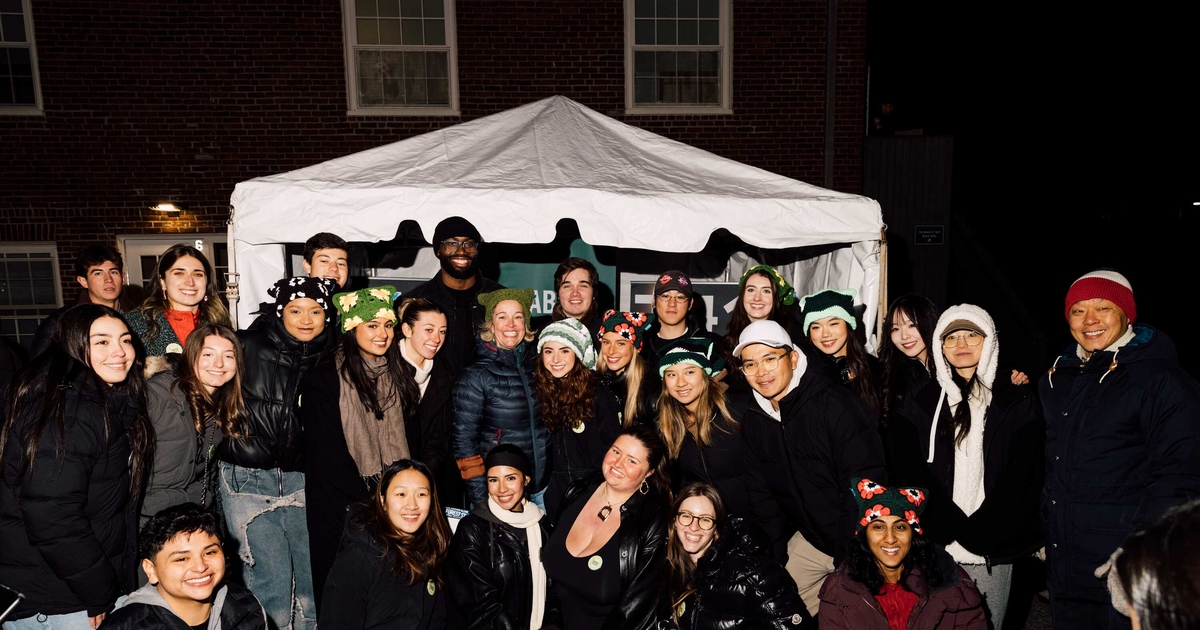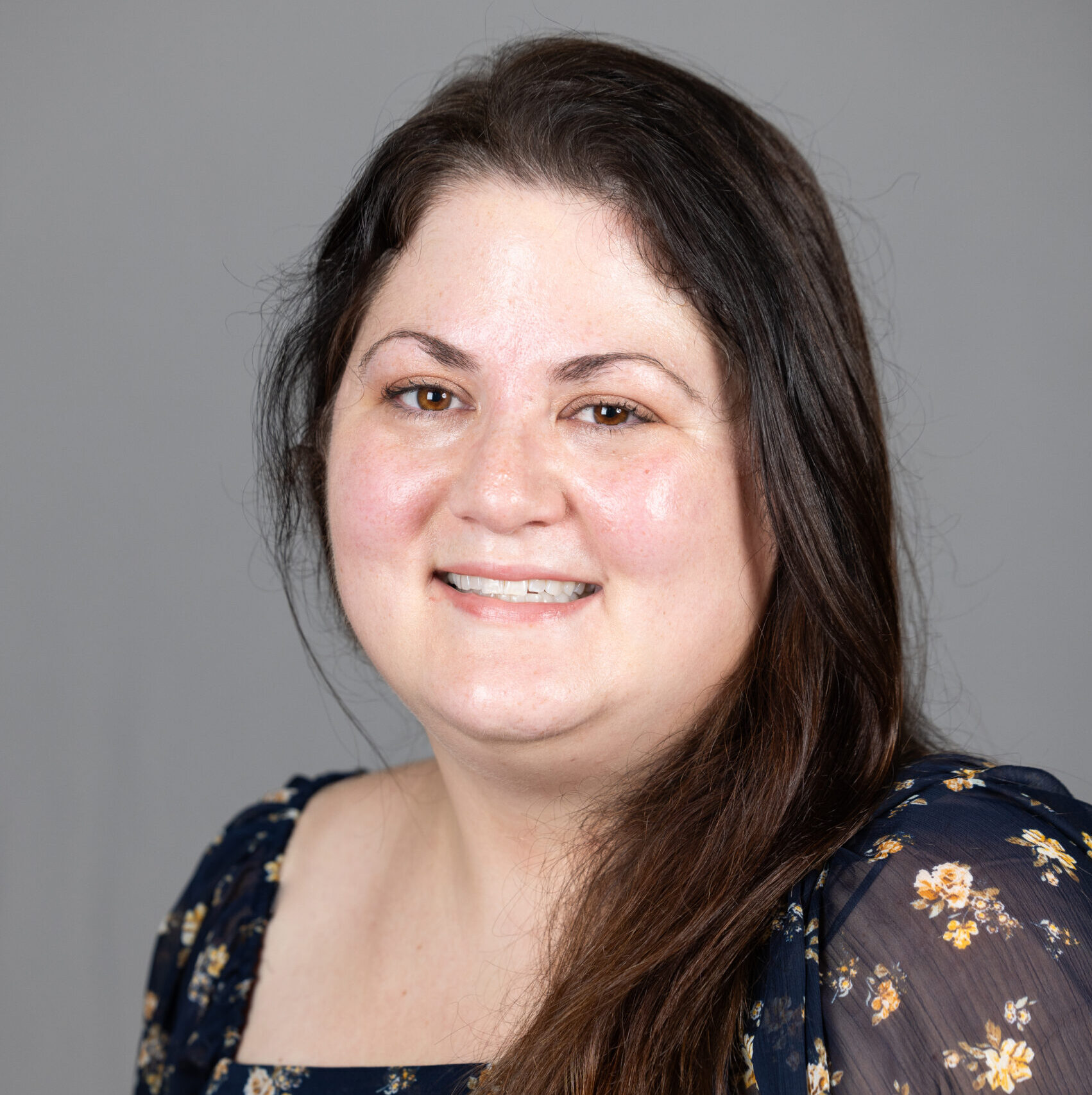Exploring the Evolution of the Blank School: A Conversation with CEO Donna Levin

In just a few years, the Arthur M. Blank School for Entrepreneurial Leadership has become a defining force at Babson College—an engine for collaboration, a catalyst for new ideas, and a home base for students looking to lead with purpose.
CEO Donna Levin, who joined Babson in 2020 to launch the Blank School from the ground up, has spent the last several years shaping it into a dynamic hub that connects students, faculty, alumni, and partners through a shared commitment to entrepreneurial leadership.
Here, Levin reflects on the Blank School’s evolution, its mission today, and the opportunities it unlocks for the Babson community.
TAKE THE QUIZ: Discover how your interests, strengths, and goals align with the Blank School by taking this quiz to find your personalized pathway.
A School Built to Evolve
When Levin thinks about the Blank School’s early days, she describes it as a startup inside a storied institution. “We knew we had the chance to build something truly distinctive,” she said, noting the intention to create something that would stretch Babson’s definition of entrepreneurial education beyond venture creation or business planning.
Today, the Blank School has matured into a schoolwide thread rather than a standalone destination. Initiatives, programs, and partnerships now reach across academic divisions, co-curricular activities, global experiences, and community engagement. “We’re at a point where the Blank School isn’t separate—it’s embedded,” she said. “It touches every student, whether they realize it or not.”
A Mission Sharpened Through Practice
The Blank School’s mission has sharpened as it has grown. Levin explains that the Blank School is not simply focused on launching entrepreneurs but on developing leaders who think entrepreneurially in any setting.
“This is about building leaders who navigate ambiguity, who experiment, who reflect,” she said. “And it’s about doing all of that with empathy and awareness. Entrepreneurial leadership isn’t just about starting something new—it’s about how you show up in the world.”
This framing has helped the Blank School expand its reach, influencing programs in social innovation, sustainability, family entrepreneurship, sports and entertainment, and emerging areas such as artificial intelligence and tech-enabled problem-solving.
Deepening the Student Experience
Levin sees the Blank School as both a launchpad and a grounding force for students. Inside the classroom, entrepreneurial mindsets—opportunity recognition, experimentation, reflection—are built directly into coursework. Outside the classroom, students participate in workshops, challenges, summits, mentoring networks, global programs, and hands-on experiences that help them stretch their thinking and apply what they’ve learned.
“What’s most exciting is watching students connect entrepreneurial thinking to what matters most to them,” Levin said. “It might be sustainability or the arts or health care or policy or technology. They see that entrepreneurial leadership isn’t a path—it’s a lens. It’s something they carry with them.”
She sees the Blank School helping students discover their own sense of purpose. “The Blank School gives students the space to ask, ‘Who am I as a leader? What impact do I want to have?’” she said. “That’s where the real growth happens.”
Mindsets that Shape Futures
Levin is clear about what she hopes students leave Babson with: confidence amid uncertainty, the ability to collaborate across differences, and a willingness to test ideas without the fear of getting things wrong. “I want them to feel comfortable trying, learning, iterating,” she said. “The world is changing fast. The students who can adapt quickly—and do so with empathy—will be the ones who thrive.”
She believes these qualities will matter in any field students pursue. “Industries shift. Technologies shift. But mindset endures,” she said. “That’s why entrepreneurial leadership is so powerful.”
New Initiatives Taking Root
The Blank School’s newest initiatives reflect both student demand and shifts in the world around them. Recent efforts span everything from technology-forward programming and industry collaborations to global experiences and new opportunities in areas such as sports leadership and creative problem-solving.
“We’re seeing really strong engagement,” Levin said. She notes higher participation across class years and more varied student involvement than ever before. “Students are showing up because they see themselves in the work. They understand that entrepreneurial leadership is relevant to who they want to become.”
These results reinforce what has always been core to the Blank School’s vision—entrepreneurial leadership should be lived, practiced, and applied, not just taught.
Looking to the Future
When asked where she sees the Blank School in the next decade, Levin describes a future shaped by continued experimentation and integration. “We’ll always be the place where Babson tries new things,” she said. “I want us to keep pushing, keep piloting new models, keep finding ways to make entrepreneurial leadership even more accessible.”
She envisions the Blank School becoming increasingly embedded across academic divisions, global initiatives, and community partnerships. “In five or 10 years, I hope someone will say, ‘You can’t talk about Babson without talking about the Blank School,’” she said. “That’s when you know the mission has truly taken root.”
The Blank School in Action
For Levin, the best evidence of the Blank School’s progress is visible in everyday moments: students launching early-stage ideas, faculty shaping research that influences how organizations innovate, alumni returning to mentor current students, and community programs that connect Babson to local and global partners.
“These stories are the heartbeat of the Blank School,” she said. “They show what entrepreneurial leadership looks like when it moves from theory into practice. And that’s what this school is all about.”
Posted in Community, Entrepreneurial Leadership





